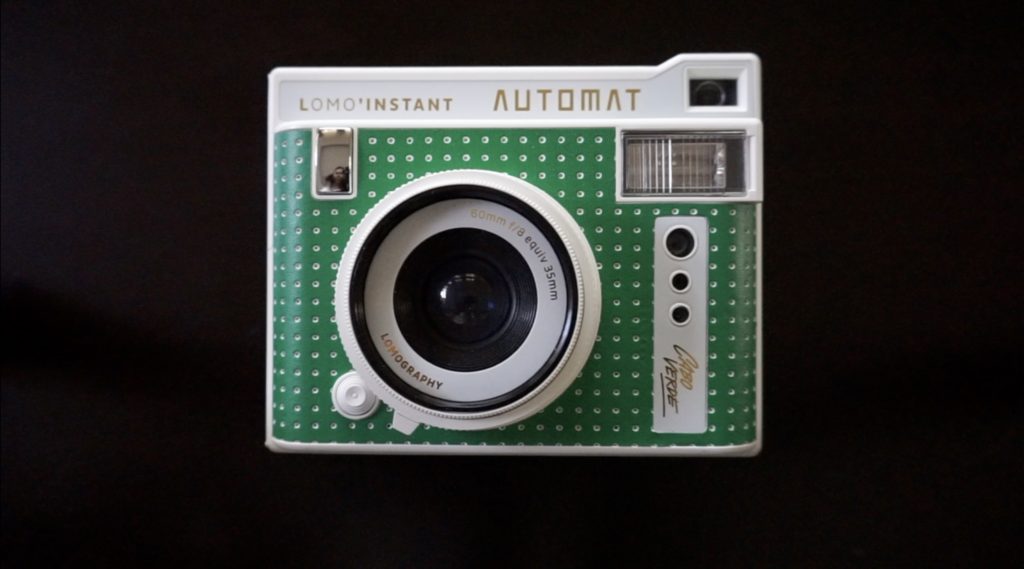The rise of the digital cameras, smartphones, and social media have decreased interest for film cameras. Shooting film takes more time to process and because of that, it can’t keep up with the demands of social media. Despite its decline, there are still companies that continue to manufacture films and retailers who sell different film formats. So what are these films, which types of cameras use them, and where can you find them?
Disclosure: Some of the links below are affiliate links. This means if you use the link(s) to purchase the item(s) below, I will receive commission for advertising on my site (at no additional cost to you!).
Instant film
Right now, I believe that the instant film format is the most popular one out there. You might have seen or heard it referenced in popular culture – often as “Polaroid” (the original instant film). It’s popular because of its iconic and signature design. Instant films typically have a white frame with a thicker border at the bottom.
Another major contributor to its continuing popularity is the success of the Fujifilm Instax cameras. Instax disrupted the market and even reportedly outsold a few digital cameras in 2014. As far as I know, there are two major manufacturers* of instant films – Fujifilm and Polaroid Originals.
Both cater to different types of cameras. The Fujifilm focuses on their Instax line and other modern instant cameras like the Lomo Instant Automat and the Leica Sofort. Polaroid Originals (formerly Impossible Project), the successor of Polaroid Corporation, caters to vintage Polaroid cameras.
*Leica also has their own line of instant films to line up with the release of the Leica Sofort but is similar to the Fujifilm.
135 film / 35mm
35mm film (or 135) is one of the most commonly used film format because it has been used in both still photography and motion pictures. If you grew up before the 2000s, you might have seen these rolls of film.
The 135 is still a popular and a standard film format to this day. Most Lomography cameras use 135/35mm, disposable film cameras use this film format as well, and so do most film SLRs.
120 film
Growing up in the 90s, I hadn’t even heard of or seen a 120 film roll. When I was reacquainted with film photography in 2007, that’s when I was able to get a hold of this film.
The 120 is a square format film and was designed for cameras like the vintage Kodak Brownie. It was intended for amateur photography until the introduction of the 135 film. The 120 film gained popularity once again in the digital age especially when the Holga, a medium format camera, rose to fame in the early 2000s.
Instagram used to only allow square format photos. I believe that was intended to emulate the 120 films because they also had filters that resemble that of a photo shot on film.
Nowadays, 120 films are still being manufactured and are still being sold by different retailers. If you want to try medium format cameras, you can check out the Holga or Lomography’s Diana F+ – both are great film cameras for starters too.

110 Film
I wasn’t sure if I was going to include this on the list because I think only Lomography manufactures and sells the 110. Fujifilm used to have these but they ceased production of this film in 2009.
The 110 was made for low-cost cameras. It’s a small film that’s housed in a cartridge. I was fortunate to have tried one because I found my mom’s old camera-slash-radio (glad she kept it!). Finding the film wasn’t easy for me and I was lucky that there was a photo lab that knew how to process this type of film. The photos were small and as low fidelity as you would expect from a cheap camera.
Cameras that use this type of film as of writing are Lomography branded ones like the Diana Baby and the Fisheye Baby.

Amazon Disclosure
Rediscover Analog is a participant in the Amazon Services LLC Associates Program, an affiliate advertising program designed to provide a means for sites to earn advertising fees by advertising and linking to Amazon.com













